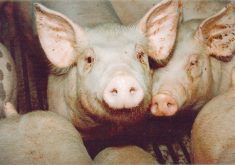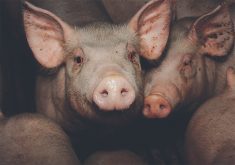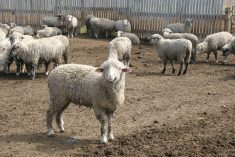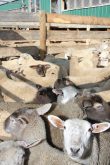Hogs edge higher
Retailers stocked up on pork ahead of the May long weekends in the United States and Canada.
Processors might trim kill to support their margins now that holiday needs are met.
The U.S. national live price average for barrows and gilts was $58.06 per hundredweight May 20, up from $56.34 May 13.
U.S. hogs averaged $74.69 on a carcass basis May 20, up from $73.53 May 13.
The U.S. pork cutout was $83.40 per hundredweight May 20, up from $82.50 May 13.
The estimated U.S. weekly slaughter for the week to May 20 was 2.119 million, down from 2.160 million the previous week.
Read Also

Bond market seen as crop price threat
A grain market analyst believes the bond market is about to collapse and that could drive down commodity values.
Slaughter was 2.140 million last year at the same time.
In Canada, the Signature Three price for May 21 was C$82.07 per hundredweight, or $180.94 per 100 kilograms. That was up from $79.02 and $174.21 the previous week.
Bison steady
The Canadian Bison Association said Grade A bulls in the desirable weight range sold at prices up to $6 per pound hot hanging weight. U.S. buyers are offering US$4.45 with returns dependent on exchange rates, quality and export costs.
Grade A heifers sold up to C$5.75 U.S. buyers are offering US$4.35.
Animals outside the desirable buyer specifications may be discounted.
Lambs steady
Ontario Stockyards Inc. reported that 1,254 sheep and lambs and 38 goats traded May 16.
Lambs traded at about steady prices. Lean sheep, heavy lambs and goats sold steady. Fatter types sold spotty at lower prices.















